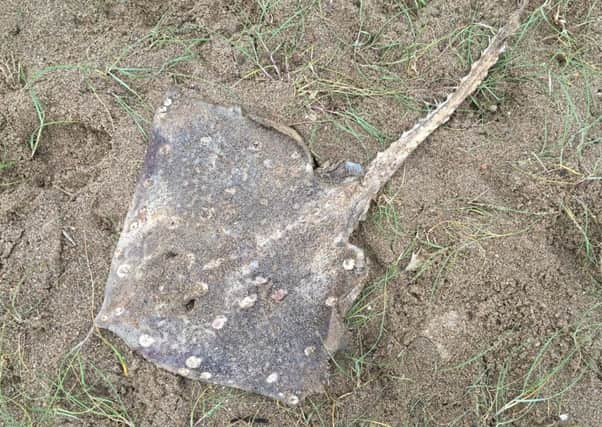Mystery of sea creatures washing up along our coast


Residents and visitors to the beaches between Chapel St Leonards and Skegness have reported finding various fish, sea creatures, and even a juvenile harbour porpoise.
Sadly, the vast majority of the animals have been found dead on the sand.
Advertisement
Hide AdAdvertisement
Hide AdSome people have speculated on social media that the cause could be ongoing dredging to build up sea defences – but both the Environment Agency (EA), which is behind the work, and Lincolnshire Wildlife Trust say dredging is not to blame.


Among creatures found were the baby porpoise, thornback ray fish, catsharks and lots of common starfish.
One unusual-looking creature pictured was found on Chapel beach has been identified as a thornback ray – minus its “wings”, thought to have been eaten by a predator.
The EA told the Standard that their Lincs Inshore dredger, which has been operating off Chapel St Leonards, uses a filter on the pipe that sucks up the sand, to stop such creatures being caught up and displaced.
Advertisement
Hide AdAdvertisement
Hide AdA spokesman for Lincolnshire Wildlife Trust called the strandings a ‘phenomenon’ – and suggested there could be a variety of causes.


“Strong winds and tidal currents can cause marine animals to strand on beaches,” he said. “Sometimes, as with starfish, it can happen to surprisingly large numbers of animals. Strong winds and storms create more of these ‘wrecks’. They do, however, occasionally happen when the weather is not so bad, so there may be a cyclical element to this phenomenon, too.”
The trust said all of the creatures found were common to the North Sea and recommended, for those not too squeamish, to return any small creatures showing signs of life back to the water.